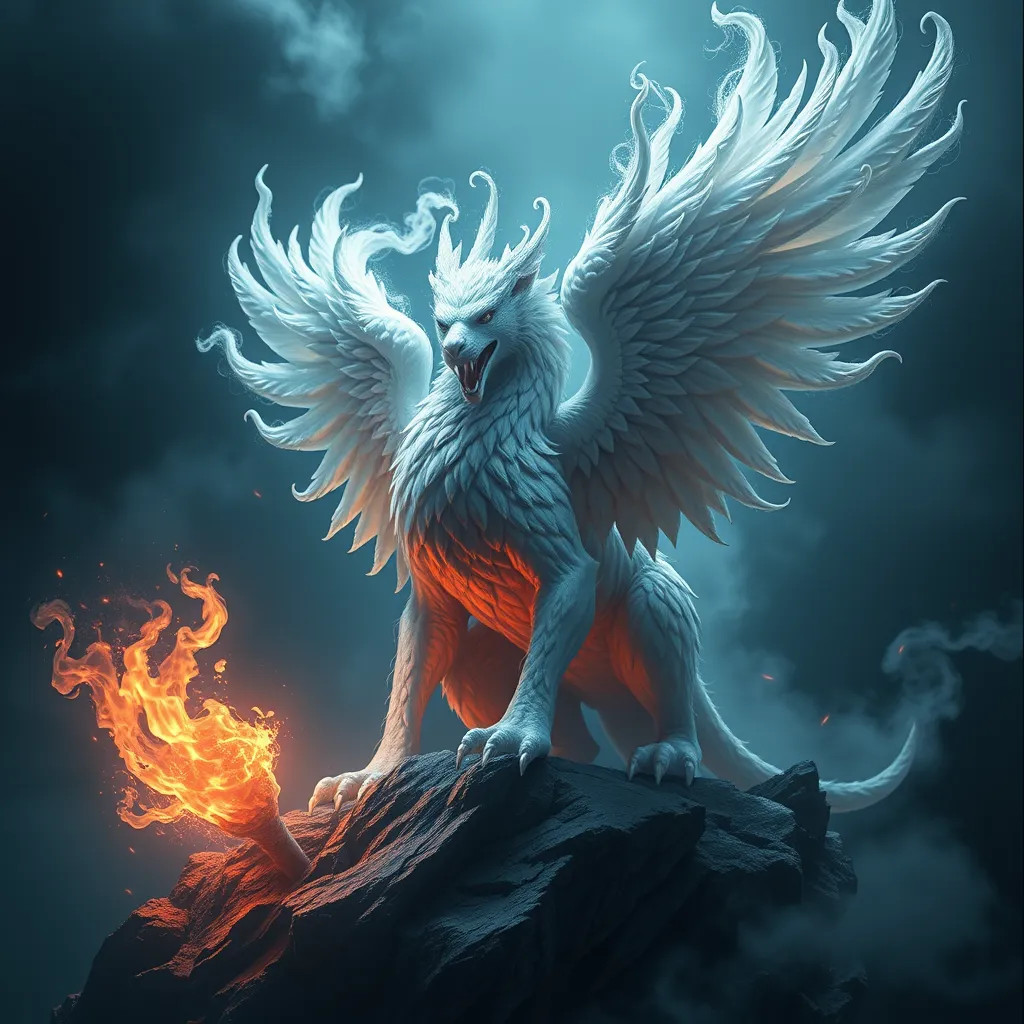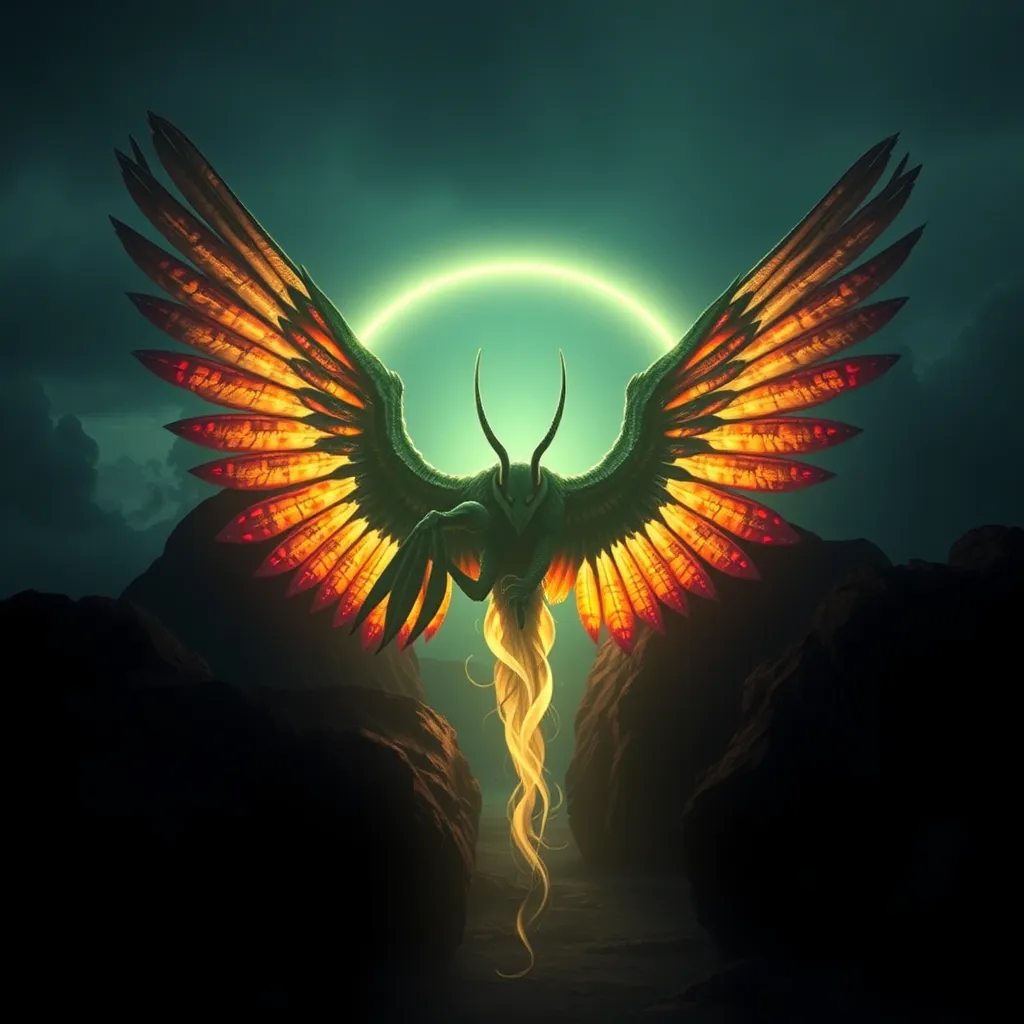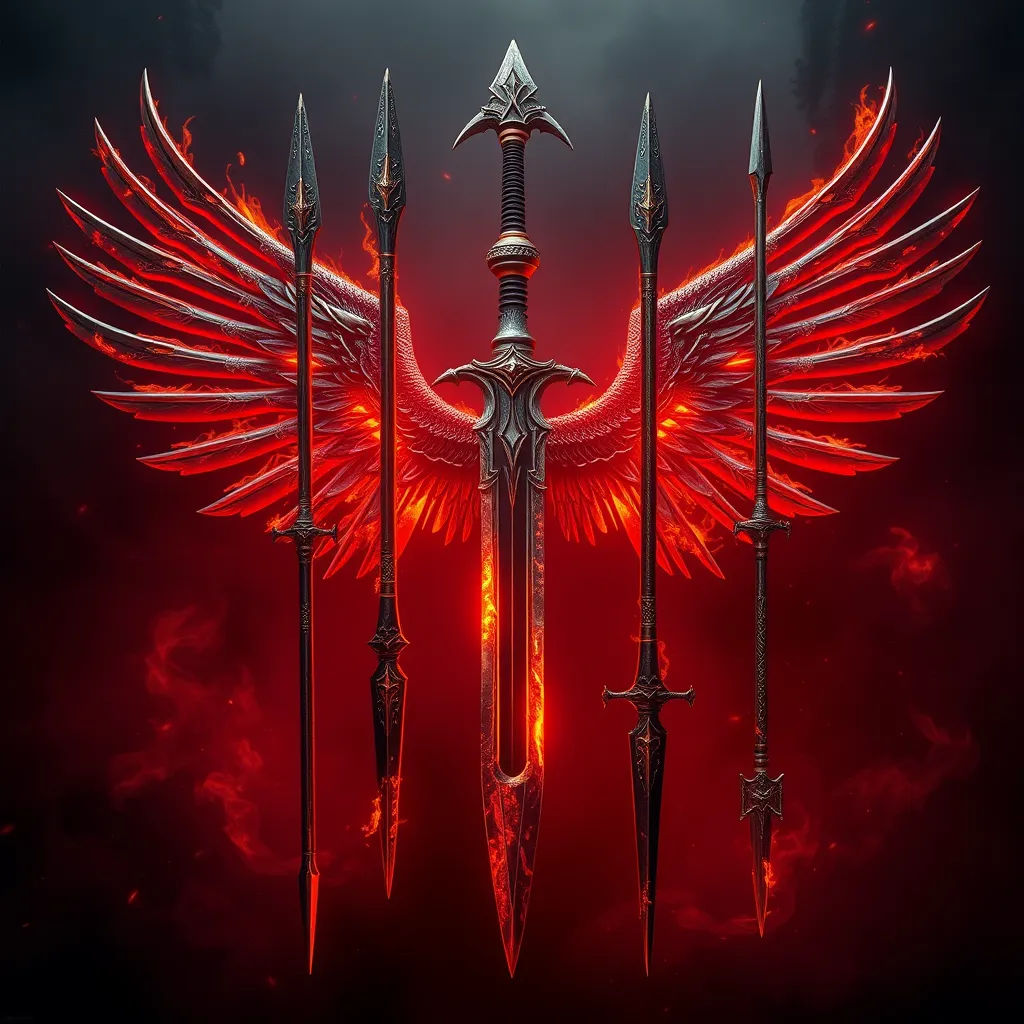The Griffin’s Enduring Appeal: Exploring the Griffin in Contemporary Culture
I. Introduction
The Griffin, a legendary creature with the body of a lion and the head and wings of an eagle, has captured the imagination of cultures throughout history. This mythical beast symbolizes strength, courage, and protection, making it a powerful representation in various societies. The Griffin’s historical significance is deeply rooted in ancient civilizations, where it served as a guardian of treasures and sacred sites.
In contemporary culture, the Griffin continues to thrive, appearing in literature, art, and even modern media. This article aims to explore the multifaceted presence of the Griffin today, examining its historical origins, roles in storytelling, representations in visual arts, cultural symbolism, and its relevance in modern spirituality.
II. Mythological Origins of the Griffin
The Griffin’s mythological roots can be traced back to several ancient civilizations, including:
- Egypt: In ancient Egyptian mythology, the Griffin was often associated with the sun god Ra, symbolizing divine protection.
- Greece: Greek mythology depicted Griffins as guardians of gold, often found in stories as protectors of sacred treasures.
- Persia: Persian art frequently illustrated Griffins as symbols of royalty and divine protection.
Throughout history, the Griffin has come to symbolize various attributes, including:
- Strength: The lion’s body represents physical power.
- Wisdom: The eagle’s head signifies intelligence and keen insight.
- Guardianship: The Griffin is often seen as a protector of the sacred and the divine.
As time progressed, the imagery of the Griffin evolved, adapting to the cultural contexts of different eras. From ancient pottery to medieval manuscripts, the representation of the Griffin has remained a constant reminder of its powerful symbolism.
III. The Griffin in Literature and Folklore
The Griffin has played a significant role in classic literature. It appears in various texts, serving as a symbol of power and majesty. In works like the “The Chronicles of Narnia” by C.S. Lewis, Griffins are portrayed as noble creatures that help the protagonists in their quests.
Modern adaptations have reimagined the Griffin in fantasy and literary genres, where it often embodies the theme of courage and loyalty. Authors like J.K. Rowling and George R.R. Martin have infused the Griffin into their narratives, using it as a symbol of protection or as a majestic creature to ride into battle.
In storytelling, the Griffin’s role often reflects:
- A protector of the weak
- A guardian of lost treasures
- A figure that embodies the duality of human nature
IV. The Griffin in Visual Arts and Media
The representation of the Griffin has been prominent in traditional art forms, such as:
- Medieval Illuminations: Griffins were commonly depicted in manuscripts, highlighting their importance in heraldry and symbolism.
- Renaissance Art: Artists like Leonardo da Vinci included Griffins in their works, showcasing their majestic nature.
In contemporary art and design, the Griffin has found new life in various mediums, from sculpture to digital art. Artists explore the blending of traditional and modern styles, creating unique interpretations of the Griffin.
Moreover, the Griffin’s influence extends to film, television, and video games. Notable examples include:
- Harry Potter: The Griffin appears as a notable creature in the magical world, representing loyalty and bravery.
- Video Games: Games like “Dungeons & Dragons” and “The Elder Scrolls” feature Griffins as formidable foes or allies.
V. The Griffin as a Cultural Symbol
In heraldry, the Griffin holds significant importance, often used in coats of arms to represent:
- Nobility: The Griffin’s royal attributes have made it a popular choice for noble families.
- Courage: Its fierce nature symbolizes bravery in battle.
Beyond heraldry, the Griffin is frequently utilized in branding and marketing. Companies and organizations use the Griffin to convey strength, reliability, and leadership qualities.
In sports, the Griffin serves as a mascot for various teams and organizations, embodying the spirit of competition and teamwork.
VI. The Griffin in Popular Culture
The Griffin has also found a place in memes and internet culture, often depicted in humorous contexts or as a symbol of aspiration and fantasy. Its majestic appearance and mythical attributes resonate with audiences, leading to its frequent use in various forms of digital expression.
Merchandise and collectibles featuring the Griffin are popular among enthusiasts. From figurines to apparel, the Griffin has become a sought-after symbol in pop culture.
Furthermore, the Griffin is increasingly appearing as a character in modern gaming and animations, appealing to younger audiences and those who enjoy fantasy narratives.
VII. The Griffin’s Role in Modern Spirituality and New Age Beliefs
In contemporary spirituality, the Griffin symbolizes guardianship and spiritual guidance. Many believe that invoking the Griffin can provide protection and clarity during challenging times.
Rituals and practices involving the Griffin often include:
- Visualization Meditations: Practitioners may visualize the Griffin as a guide during meditative practices.
- Symbolic Offerings: Some rituals include offerings to the Griffin as a way to seek its guidance and protection.
The revival of mythological creatures, including the Griffin, in modern belief systems highlights a growing interest in ancient symbols and their relevance in today’s world.
VIII. Conclusion
The Griffin’s multifaceted role in contemporary culture showcases its enduring appeal and significance across various domains. From literature and visual arts to modern spirituality and popular culture, the Griffin continues to inspire and captivate audiences.
As we reflect on the ongoing relevance of mythological symbols, it becomes clear that the Griffin embodies values that resonate deeply within human experience: strength, protection, and wisdom. The future of the Griffin in popular imagination remains bright, as it continues to evolve and adapt in our ever-changing cultural landscape.



